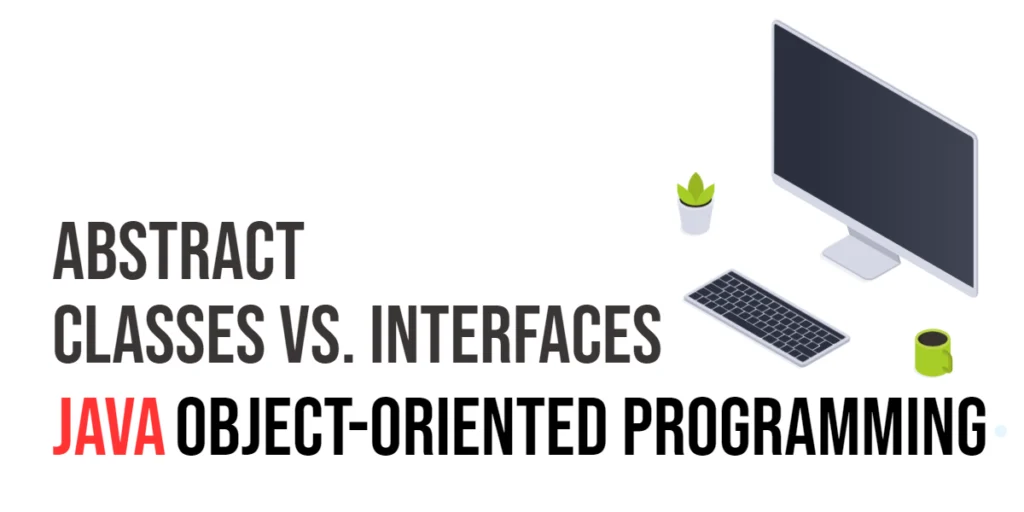The cube root of a number is the value that, when multiplied by itself three times, gives the original number. For example, the cube root of 27 is 3 because 3 × 3 × 3 = 27. Calculating cube roots is important in mathematics, physics, engineering, and computer science. It helps in solving equations, working with volumes, and handling advanced algorithms. In C++, finding the cube root of a number can be done in several ways, ranging from simple built-in functions to more logical methods. In this article, we will walk through multiple C++ programs to find the cube root of a number, explained in a simple and clear style for beginners.

with hands-on learning.
get the skills and confidence to land your next move.
Program 1: Using the cbrt() Function
The easiest and most direct way to calculate the cube root of a number in C++ is by using the built-in cbrt() function from the <cmath> library.
#include <iostream>
#include <cmath>
using namespace std;
int main() {
double num;
cout << "Enter a number: " << endl;
cin >> num;
double result = cbrt(num);
cout << "Cube root of " << num << " is " << result << endl;
return 0;
}In this program, the user enters a number, and the cbrt() function directly calculates its cube root. The result is stored in the variable result and then displayed on the screen. This method is simple, reliable, and the best option for beginners because it uses a built-in function designed specifically for cube roots.
Program 2: Using the pow() Function
Another way to calculate the cube root is by using the pow() function from the <cmath> library. Since the cube root of a number is equal to raising it to the power of one-third (n^(1/3)), this method works effectively.
#include <iostream>
#include <cmath>
using namespace std;
int main() {
double num;
cout << "Enter a number: " << endl;
cin >> num;
double result = pow(num, 1.0 / 3.0);
cout << "Cube root of " << num << " is " << result << endl;
return 0;
}Here, the program uses pow(num, 1.0/3.0) to calculate the cube root. The value 1.0/3.0 represents one-third, so the program essentially raises the number to the power of one-third. This approach is very useful because the same function can also calculate square roots, fourth roots, or higher. Beginners get a chance to understand the flexibility of power functions in C++.
Program 3: Cube Root of a Predefined Number
Sometimes you may want to find the cube root of a known number without asking for user input. This method is often useful for quick checks, demonstrations, or practice with fixed values.
#include <iostream>
#include <cmath>
using namespace std;
int main() {
double num = 64;
double result = cbrt(num);
cout << "Cube root of " << num << " is " << result << endl;
return 0;
}In this program, the number 64 is predefined in the variable num. The program uses the cbrt() function to calculate its cube root and displays the result. This approach is straightforward and helps beginners focus on learning the logic without worrying about user input each time.
Program 4: Using Newton-Raphson Method
So far, we have used built-in functions like cbrt() and pow(). But what if we want to calculate the cube root manually without any library functions? This is where the Newton-Raphson method comes in. It is an iterative mathematical technique that can approximate roots of equations, including cube roots.
#include <iostream>
using namespace std;
int main() {
double num;
cout << "Enter a number: " << endl;
cin >> num;
double guess = num / 3; // Initial guess
double epsilon = 0.00001; // Tolerance level
double diff;
do {
double newGuess = (2.0 * guess + num / (guess * guess)) / 3.0;
diff = newGuess - guess;
if (diff < 0) diff = -diff; // Absolute difference
guess = newGuess;
} while (diff > epsilon);
cout << "Cube root of " << num << " is approximately " << guess << endl;
return 0;
}In this program, we start with an initial guess (the number divided by 3). Using the Newton-Raphson formula, we repeatedly refine the guess until the difference between two successive guesses is very small. The epsilon value controls the precision of the result. This method is useful because it shows how cube roots (and other roots) can be approximated mathematically without depending on built-in functions. For beginners, it may feel a bit advanced, but it is a great way to understand how computers can solve problems step by step using logic and iteration.
Frequently Asked Questions (FAQ)
When learning how to calculate cube roots in C++, beginners often have a few common questions.
Q1: Which function should I use, cbrt() or pow()?
Both work well, but cbrt() is specifically designed for cube roots and is more accurate in certain cases. Use pow() if you want a general solution for different roots.
Q2: Can I calculate cube roots of negative numbers?
Yes, the cbrt() function can handle negative numbers correctly. For example, the cube root of -8 is -2.
Q3: Can cube roots be calculated for decimal numbers?
Absolutely. By using double or float, you can easily calculate cube roots for decimal values like 2.5 or 7.89.
Conclusion
Finding the cube root of a number in C++ is simple and can be done in multiple ways. We explored three approaches: using the cbrt() function, using the pow() function with the power of one-third, and working with predefined numbers. Each method helps beginners understand different aspects of C++ programming, from library functions to mathematical operations. By practicing these programs, you can build confidence and apply these techniques to more complex problems in the future.
Additional & References
Cube roots may look simple, but they are an important part of mathematics and programming. Once you understand how to calculate them in C++, you can extend the same concepts to other roots and mathematical operations. Keep practicing with both positive and negative numbers to get comfortable.
- C++ Reference –
<cmath>– Official documentation for mathematical functions in C++. - Programiz C++ Tutorial – Beginner-friendly lessons with examples and exercises.
- GeeksforGeeks C++ Programming – Practical explanations and coding problems to practice.
- W3Schools C++ Tutorial – Simple tutorials to quickly understand C++ basics.







